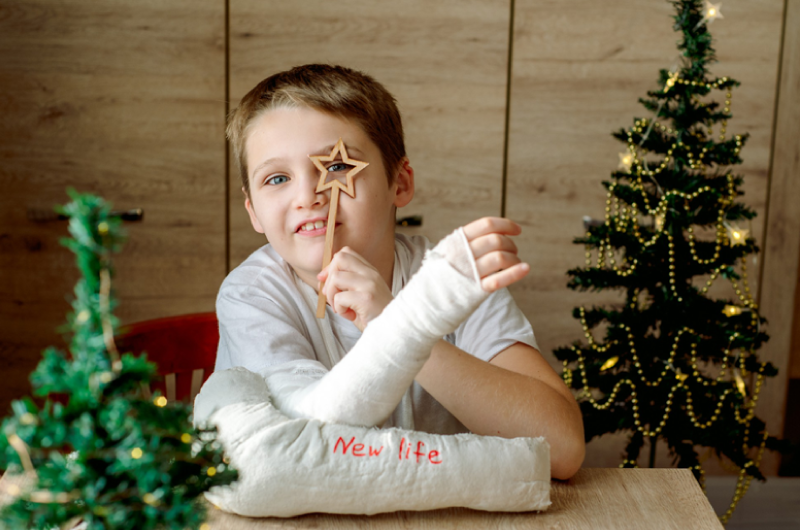The holiday season is here. Stay safe this Holiday Season. Often more number of injuries, falls and hospital visits occur during holiday seasons. According to the report from the United States Consumer Product Safety Commission, more than 15,000 holiday-related injuries occur each year in December alone and the most common holiday-related accidents include injuries associated with Christmas trees, wounds caused by holiday lights, and damage from candles.
Physicians documenting these injuries must be well aware of the appropriate ICD-10 codes. By now, it is very clear that ICD-10 is far more specific than the earlier ICD-9 version. It is crucial for doctors, hospitals, and insurance companies to use these codes when cataloging injuries, diseases, and treatments. This advanced coding system allows healthcare providers to diagnose and bill with greater specificity. With more choices now, some unusual injuries can also be coded perfectly.
STAT Medical News recently rounded up certain medical codes that may be useful in documenting injuries that occur during holidays, which include:
- S93.412A – Sprain of calcaneofibular ligament of left ankle, initial encounter
- S39.92XS – Unspecified injury of lower back, sequela
- T33.09XA – Superficial frostbite
- T71.231D – Asphyxiation due to being trapped in a discarded refrigerator, accidental
- V00.321S – Fall from snow-skis, sequela
- V91.07 – Burn due to water skis on fire
- Z01.00 – Encounter for examination of eyes and vision without abnormal findings
- W53.21XA – Bitten by squirrel, initial encounter
- W11.XXXA – Fall on or from ladder
- W29.1XXA – Contact with electric knife
- W55.12XA – Struck by horse, initial encounter
- W59.22XA – Struck by turtle
- W61.42XA – Struck by turkey
- X02.8XXA – Other exposure to controlled fire
- Y92.253 – Injured at the opera
- Z75.5 – Holiday relief
ICD-10 coding can be made easy with the support of professional medical billing services enable physicians to spend more time with their patients, improving cash flow and practice profitability.
The U.S. Consumer Product Safety Commission (CPSC) has also released certain holiday safety tips to eliminate potential dangers from holiday lights and decorations that could lead to fires and injuries. CPSC’s suggestions include keeping holiday plants away from children and pets, keeping your children safe while shopping, staying alert at all times and paying attention to your surroundings, taking care when riding on escalators and caring not to place trimming near open flames or electrical connections.




